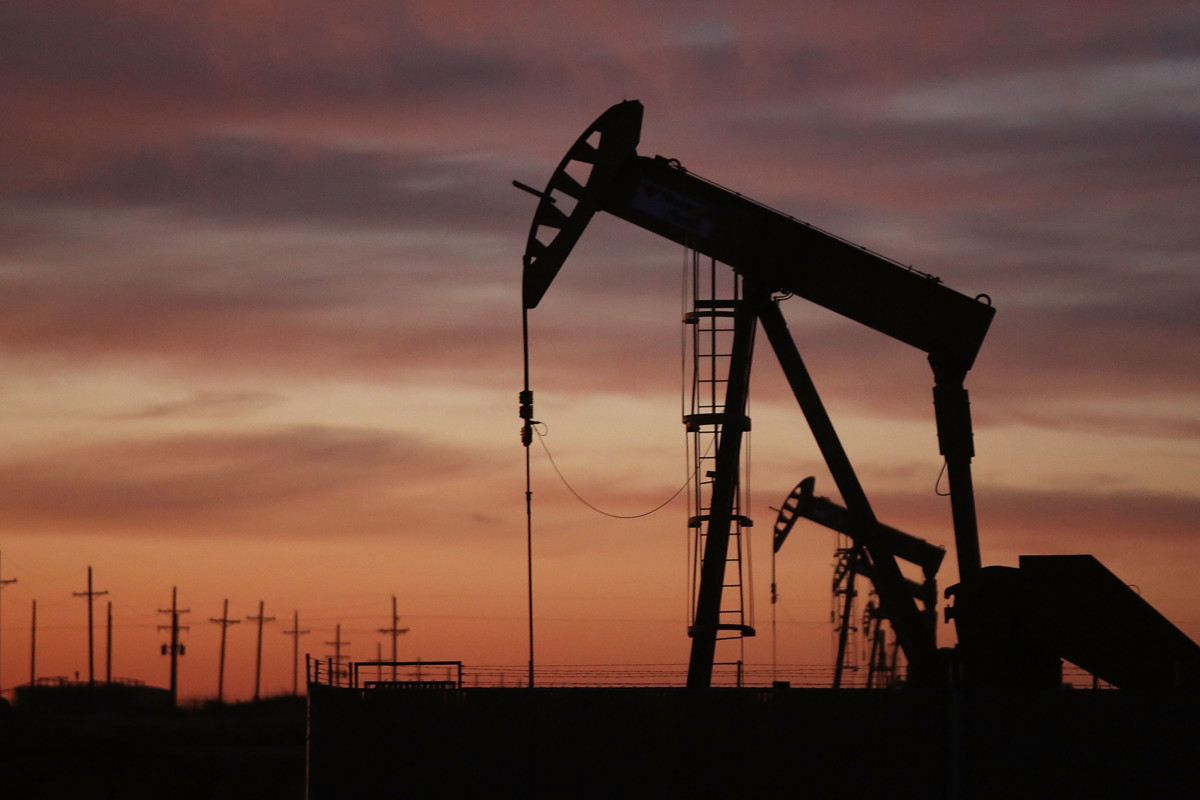Energy
Small U.S. Oil Producers Face Own ‘Growing Pains’ Outside of OPEC’s Output Decision

When members of the Organization of the Petroleum Exporting Countries and their partners meet and likely ease their oil output caps, there’s one group of energy stakeholders that won’t be watching too closely: small American oil exploration and production companies.
That’s because these independent producers have their own issues to deal with, including lack of sufficient pipeline capacity, steel tariffs and quotas, and the brewing trade dispute with China.
Frederick Lawrence, vice president of economics and international affairs at the Independent Petroleum Association of America, said the United States has its own “growing pains” and problems independent of OPEC.
“I call it a tale of two cities, in the sense that we’re both dealing with our own separate worlds” – something reflected in the current split between the West Texas Intermediate and Brent Crude price benchmarks, Lawrence said in a phone interview Tuesday.
He said he looks at the U.S. situation a little separately from OPEC, especially as the United States is shipping more oil to Asia and winning market share there.
OPEC members and some non-member oil-producing countries agreed to voluntarily limit their oil output since the start of 2017. Now, at OPEC’s annual meeting, they are poised to agree on easing the self-enforced cap on output, injecting more oil into the market.
But small U.S. oil producers -- defined as those with no more than $5 million in retail sales a year or refining no more than 75,000 barrels of crude oil per day on average -- are likely paying more attention to the split between the two benchmark oil prices. The Brent-WTI spread is attributed in part to the lack of pipeline infrastructure -- particularly in the Permian Basin shale play in Texas and New Mexico -- to handle increased U.S. production.
“Pipeline-committed capacity plays a big role in the haves and the have-nots,” Lawrence said.
The domestic oil and gas pipeline industry has also been hit by the administration’s steel tariffs and quotas on steel imports and has spoken out against the new policy, arguing that with the tariffs in place, companies may not be able to obtain specialty steel from abroad soon enough or cheaply enough to build new pipelines.
The U.S.-China trade dispute has already reportedly hit oil prices and has the potential to affect American oil producers. China this month threatened its own retaliatory tariffs on U.S. crude and other energy resources in response to U.S. tariffs.
OPEC meets Friday in Vienna and with non-members on Saturday, as the countries attempt to find agreement over how much to raise their collective production. But many discussions have already been taking place among oil ministers ahead of the meeting.
Shin Kim, head of supply and production for S&P Global Platts Analytics, said Platts expects OPEC to raise production quota caps modestly, possibly by 600,000 bpd, according to a statement obtained Wednesday.
Jerry James, president of Artex Oil Co. in Marietta, Ohio, said the public conversation over OPEC’s upcoming decision is missing the increase in global oil demand in the market.
“I think a lot of people are overreacting to the number,” he said in a Tuesday interview, pointing to the 600,000 bpd figure.
But if OPEC were to do something more dramatic -- such as agree to increase production by 2 or 3 million bpd -- then it would cut into Artex Oil’s investment plans, said James, who placed Artex Oil’s current oil production at about 300 barrels of oil a day and said the company is moving more into oil and away from gas production.
Whiting Petroleum Corp., headquartered in Denver, Colo., is also not watching OPEC’s meeting from the edge of its seat: The company does not speculate on oil prices and operates “efficiently regardless of commodity price swings,” Ashley McNamee, director of the company’s corporate and government relations, said in an email Wednesday.
Despite some volatility in the oil market, global demand for oil continues to grow -- a positive state of play for American oil companies. While the International Energy Agency recently reduced its world oil demand growth forecast for this year, it projects oil demand will keep increasing over the next few years.
When it comes to small domestic producers’ decisions on whether to expand their operations, Lawrence said he sees a bifurcation between the larger independent oil companies and small and midsize independents.
While the larger companies have already started emphasizing things like capital discipline and balance sheet leverage, he said, smaller companies “are probably more likely to keep their pedal to the metal” and continue growing and increasing their volumes.
Jacqueline Toth previously worked at Morning Consult as a reporter covering energy and climate change.